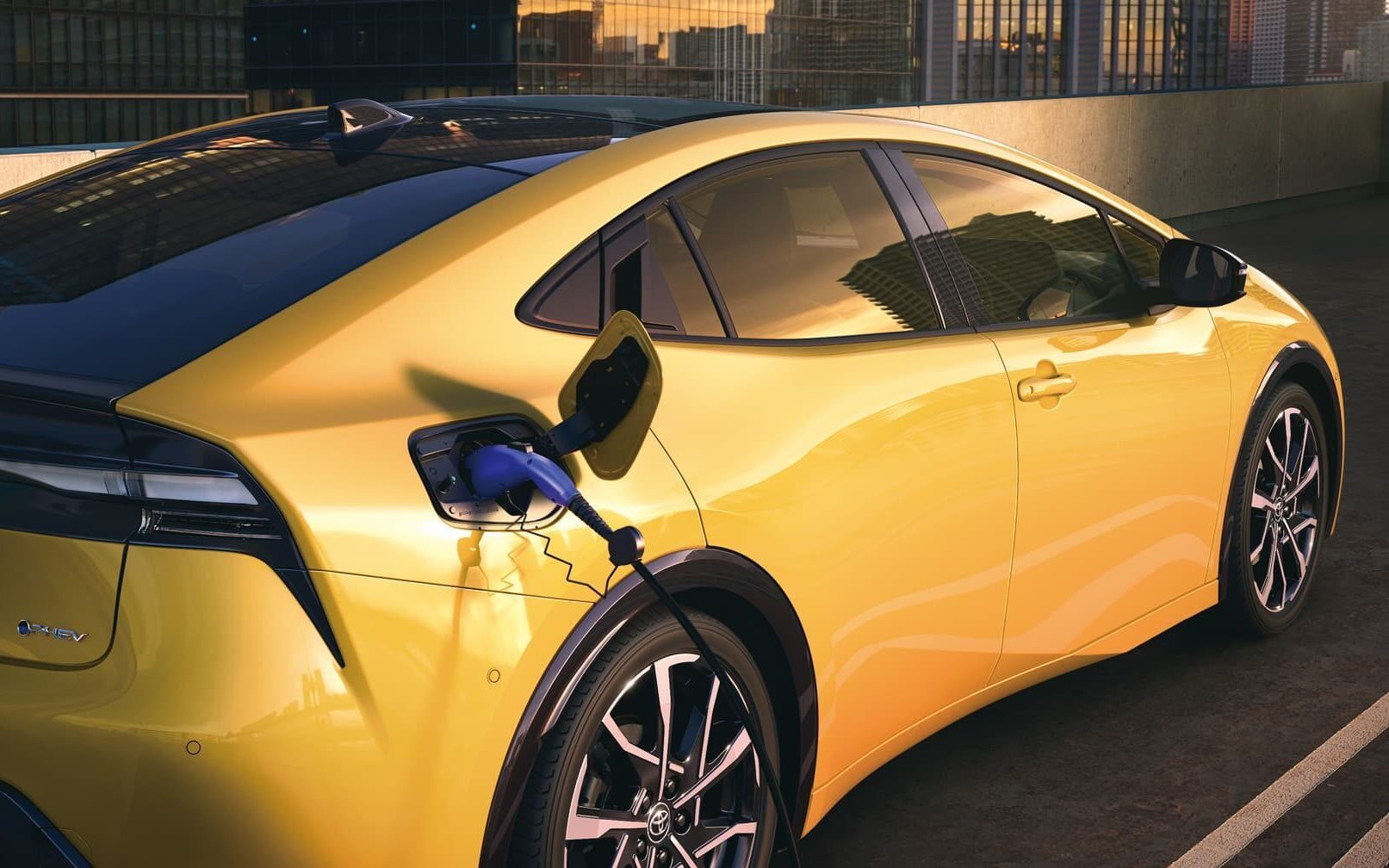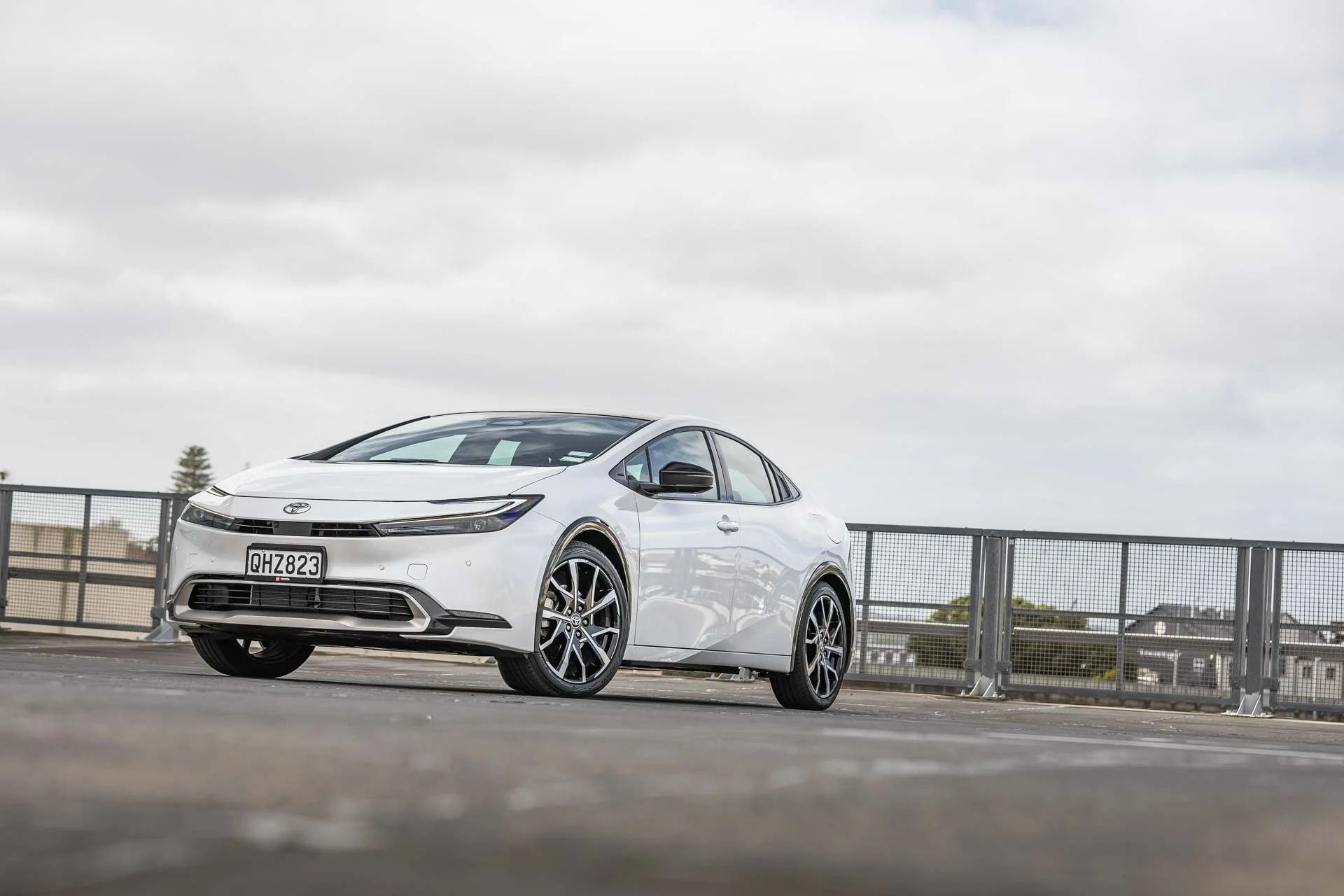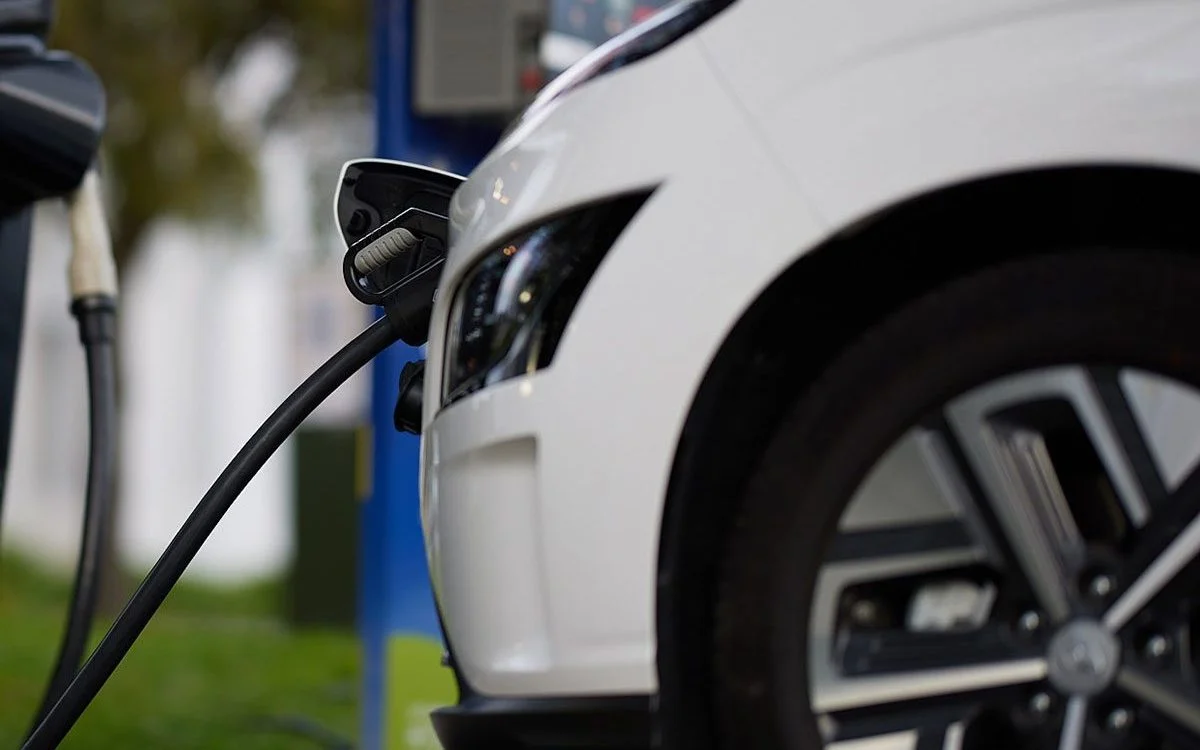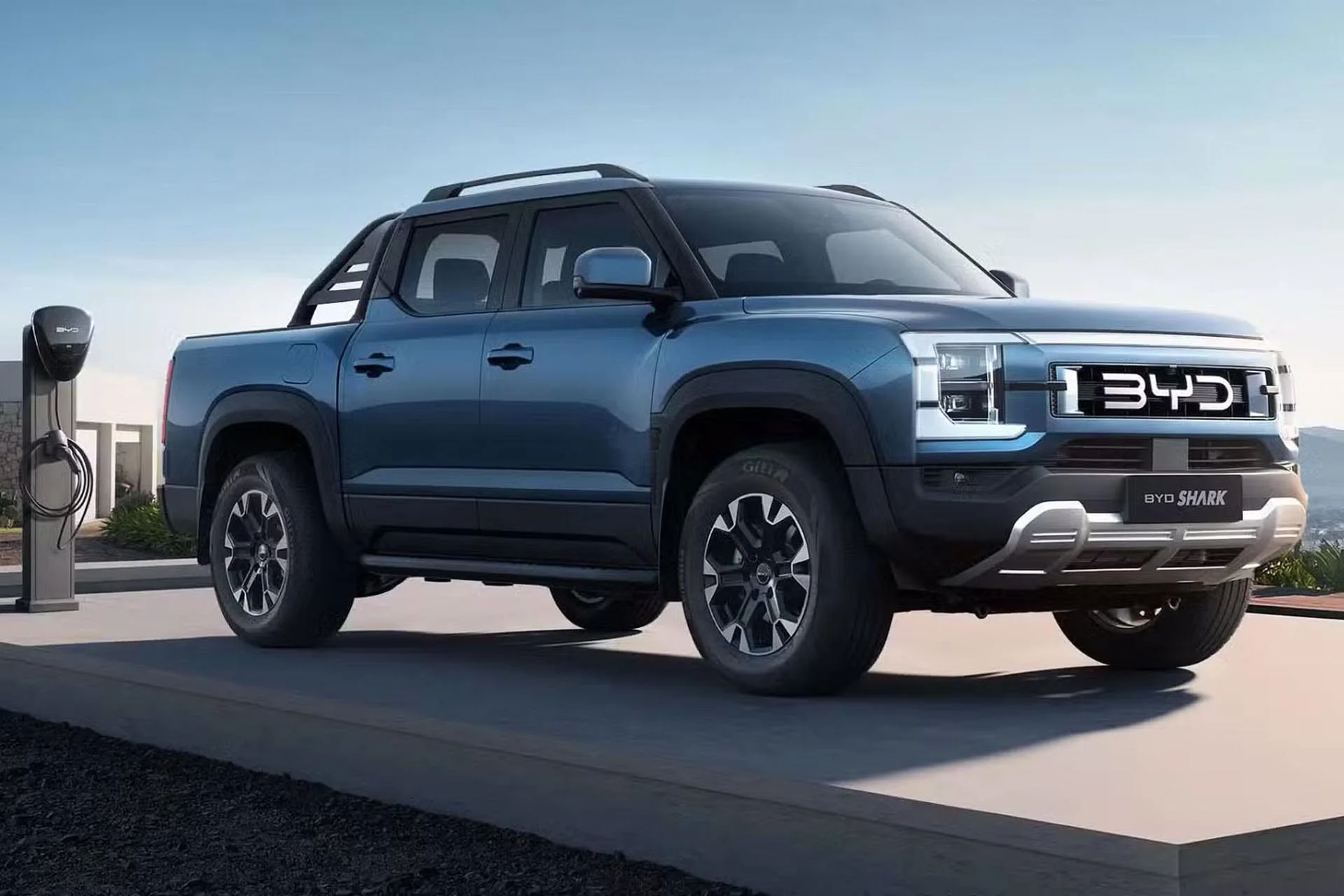Feature article
Hybrid or full EV? Your guide to choosing the right ride
Hybrid, PHEV, or EV? A simple guide to choosing your next car based on NZ lifestyle, driving, and running costs.

Petrol prices are high, you might be worried about the climate, and electrified cars are no longer niche. But when it comes to choosing your next electrified ride, most Kiwi buyers find themselves at a fork in the road; do you go for a regular hybrid, a plug-in hybrid, or take the leap to an electric vehicle?
This guide breaks it down simply, helping you decide which type fits your lifestyle and driving habits.
The no-fuss option – Full Hybrid (HEV)
What is it? A Hybrid Electric Vehicle (HEV) uses both a petrol engine and an electric motor. The battery charges itself while you drive so there’s no plugging in required and no range anxiety when you are travelling around the country.
Who is it for? Perfect for city commuters, budget-conscious buyers or anyone who wants to cut fuel use without changing their usual driving habits.
Pros: Excellent fuel economy, especially in stop-start traffic. Proven reliability from brands like Toyota and Honda. No need for charging stations — it works just like a petrol car. Lower purchase price than a PHEV or EV.
Cons: Still burns petrol so emits carbon dioxide and other undesirable gases while driving. Limited electric-only driving range (typically just a few kilometres). Less power and performance compared to plug-in or full EVs.
Bottom line: If you want to cut your fuel bills without altering your driving habits, a hybrid is hard to beat and cheaper to purchase than a hybrid with a plug or an EV.
The best of both worlds – Plug-in Hybrid (PHEV)
What is it? A Plug-in Hybrid (PHEV) has a larger battery than a HEV that you can recharge from a wall socket or EV charger. It offers 30–60 km of electric-only range before the petrol engine steps in.
Who is it for? Ideal for short-range commuters who can charge at home or work, but also want petrol backup for weekend road trips or long drives.
Pros: Do your daily commute on electric power meaning zero tail pipe emissions if you plug in regularly. No range anxiety, the petrol engine keeps you going when the battery’s flat. Potential for lower running costs than a petrol or HEV if you charge it regularly. PHEVs currently pay a reduced Road User Charge (RUC) compared with full EVs.
Cons: Easy access to a power outlet at home is vital. Heavier and more complex than HEVs (two powertrains). Efficiency drops if you don’t keep it charged, and you’ll end up paying more in road tax (RUCs plus the fuel duty).
Bottom line: A PHEV gives you flexibility; the eco-benefits of an EV around town with the reassurance of a petrol tank for longer journeys.
The future is here – Full Electric (BEV)
What is it? A Battery Electric Vehicle (BEV) runs entirely on electricity; no engine, no fuel, no exhaust pipe. It delivers an incredibly smooth drive thanks to instant torque and with no tailpipe emissions, it helps local air quality.
Who is it for? Best for eco-minded drivers, high-mileage city commuters, or those with reliable access to charging at home or work.
Pros: Lowest running cost; charging at home off peak can cost the equivalent of around 30 cents per litre. Minimal maintenance; EVs still require servicing, but it’s not as intensive or costly. Quiet, refined, and fast with zero tailpipe emissions.
Cons: Higher upfront purchase price. Requires a lifestyle shift with the need to plan charging stops on long trips. Range anxiety can be a factor for rural drivers. Battery replacements are expensive (though rare and often covered by long warranties).
Bottom line: If you’re ready to ditch petrol entirely, and your lifestyle supports regular charging, a BEV is the most future-proof choice.
Cost & Running: The Kiwi Numbers
| Vehicle Type | Fuel Source | Cost per 100 km (approx.) | Notes | ||||
|---|---|---|---|---|---|---|---|
| Petrol | Petrol | 91 octane | 91 octane | $18–$20 | $18–$20 | Based on 8L/100 km at $2.50/L | Based on 8L/100 km at $2.50/L |
| Full Hybrid (HEV) | Full Hybrid (HEV) | Petrol + regen braking | Petrol + regen braking | $10–$12 | $10–$12 | 40–50% less fuel than petrol car | 40–50% less fuel than petrol car |
| Plug-in Hybrid (PHEV) | Plug-in Hybrid (PHEV) | Electricity + petrol | Electricity + petrol | $4–$8 | $4–$8 | If charged daily; higher if not | If charged daily; higher if not |
| Full EV (BEV) | Full EV (BEV) | Electricity | Electricity | $3–$4 | $3–$4 | Charged at home on night rates | Charged at home on night rates |
RUC (Road User Charges):
Note however that for every 1000km travelled, a BEV owner will need to pay an extra $76 in RUCs, while a PHEV owner will pay an extra $38.
| Lifestyle | Best Fit | Why | |||
|---|---|---|---|---|---|
| City-Bound Commuter | City-Bound Commuter | Full Hybrid (HEV) | Full Hybrid (HEV) | Best option for those without off street parking and easy access to a plug. | Best option for those without off street parking and easy access to a plug. |
| Suburban Driver or Weekender | Suburban Driver or Weekender | Plug-in Hybrid (PHEV) | Plug-in Hybrid (PHEV) | EV range for workdays, petrol for road trips. | EV range for workdays, petrol for road trips. |
| Eco Warrior or Tech Lover | Eco Warrior or Tech Lover | Full Electric (BEV) | Full Electric (BEV) | Zero emissions, lowest running costs, future-ready. | Zero emissions, lowest running costs, future-ready. |
Conclusion
Whether you’re chasing lower fuel bills, fewer emissions or just a smoother ride, electrified cars now make sense for almost every Kiwi driver.
Full Hybrid for simplicity. Plug-in Hybrid for flexibility. Full Electric for the future.
Whichever way you lean, you’ll find plenty of new and used options across NZ. Check out Trade Me Motors and take the next step toward cleaner, smarter driving.
Author
Other articles you might like
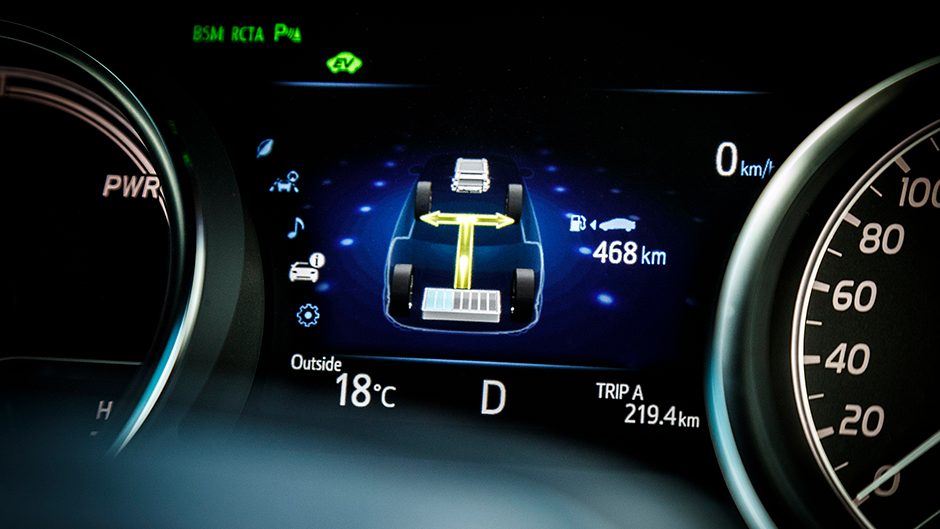
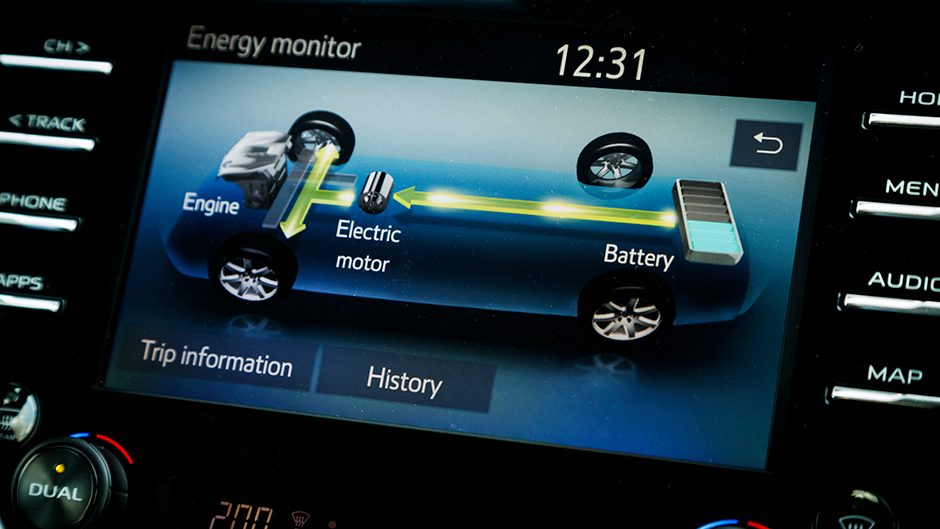
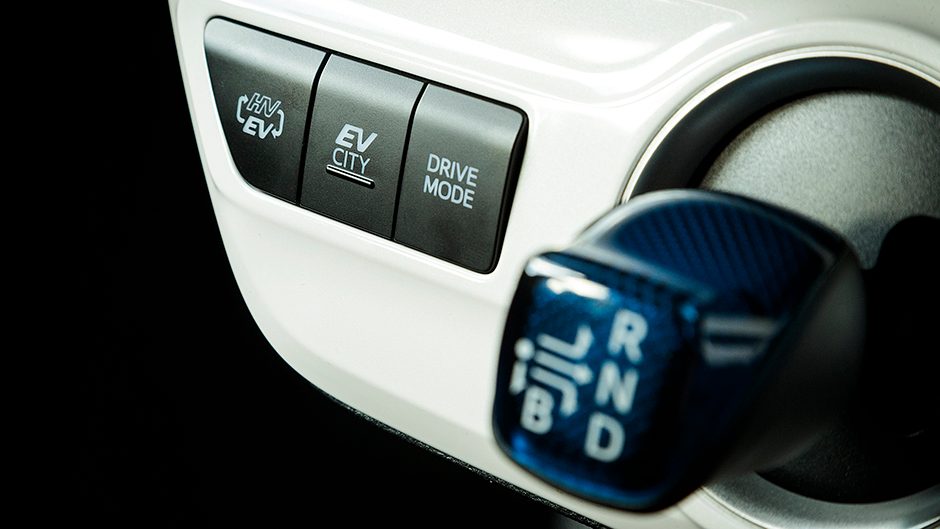
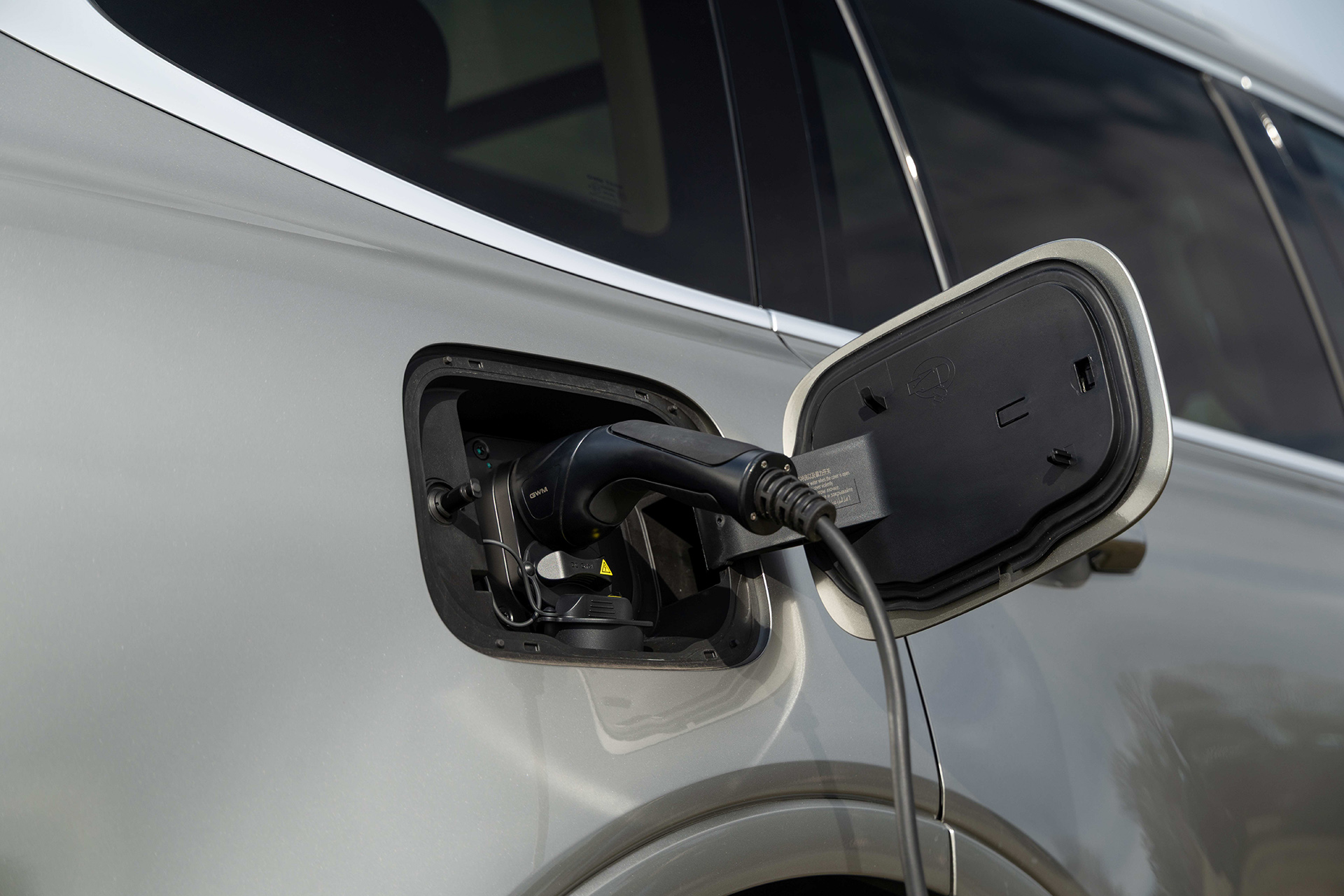
.jpg)
